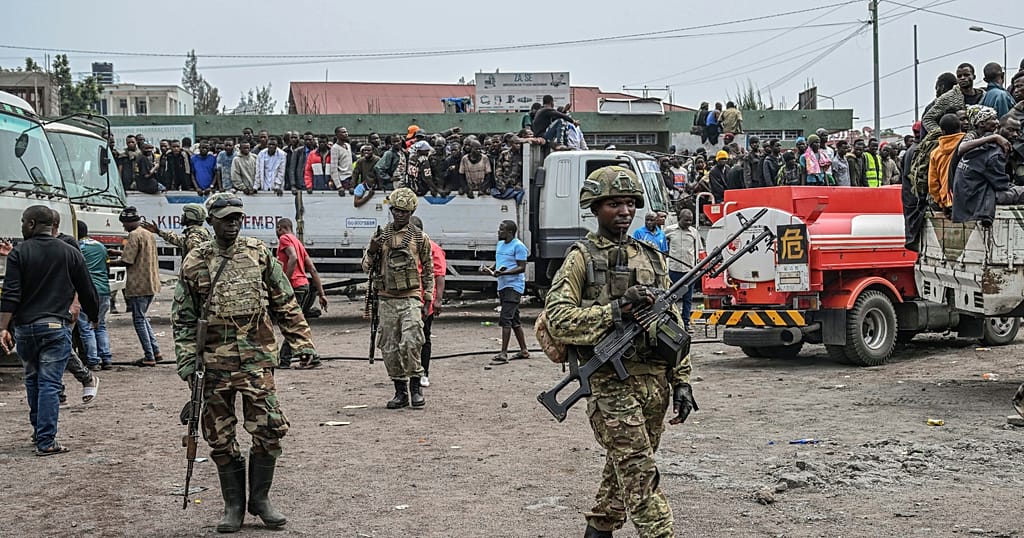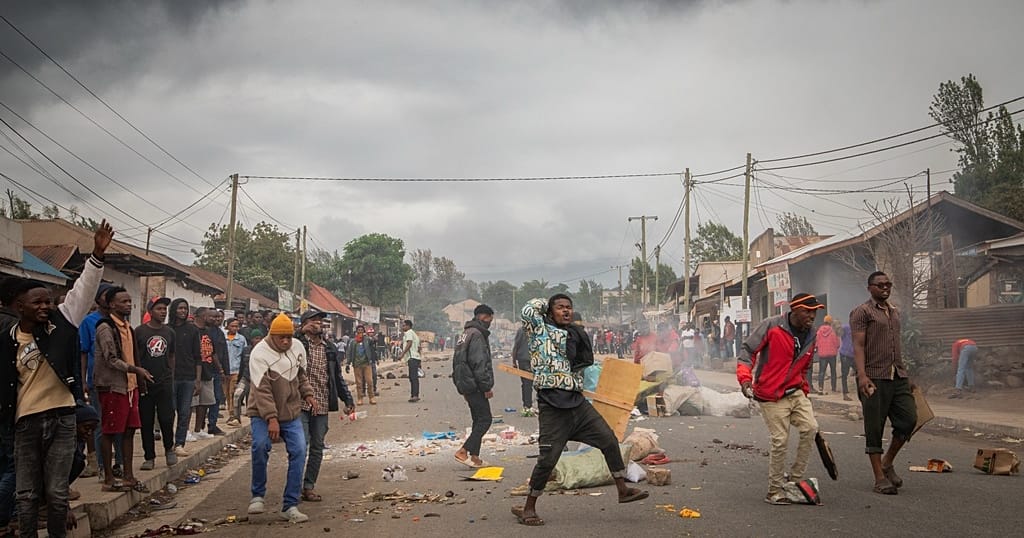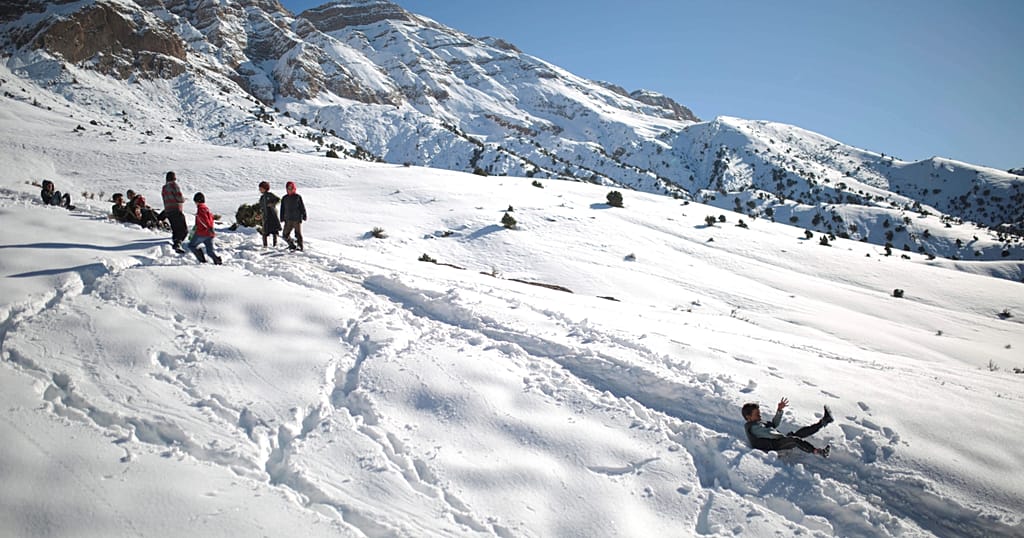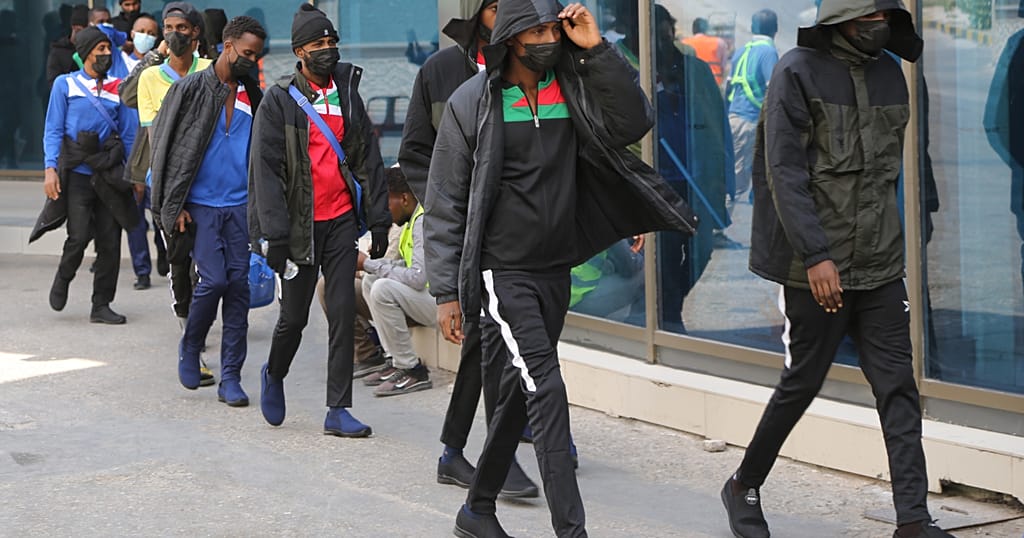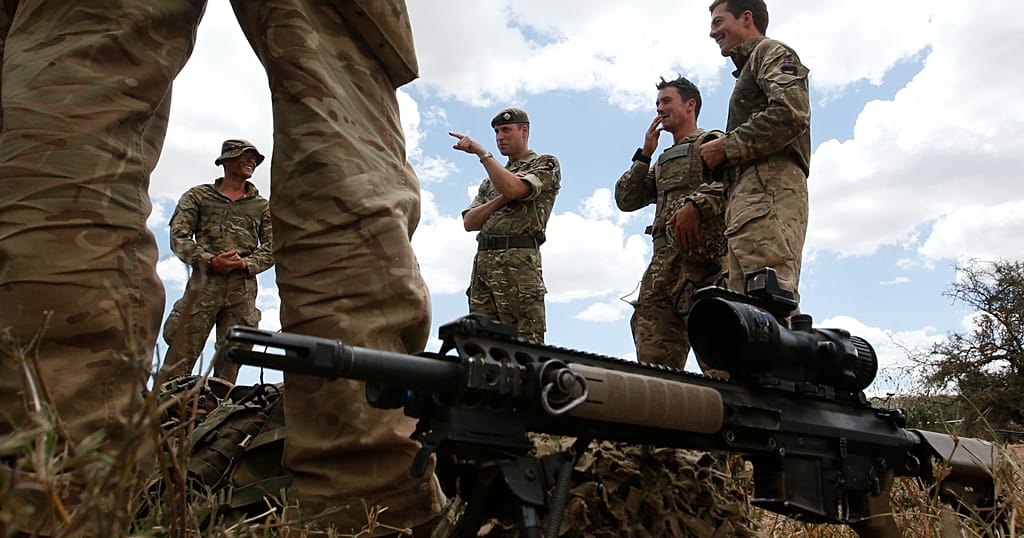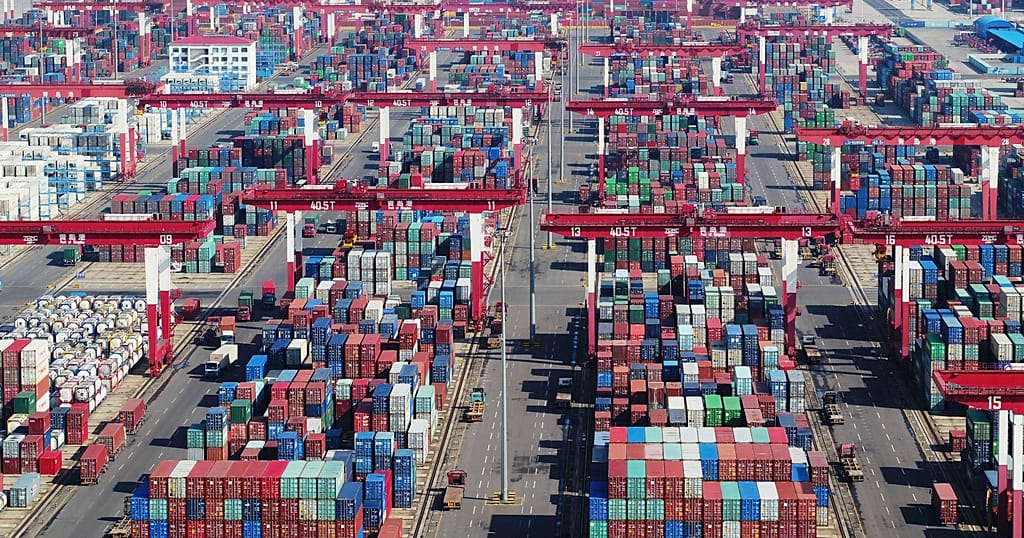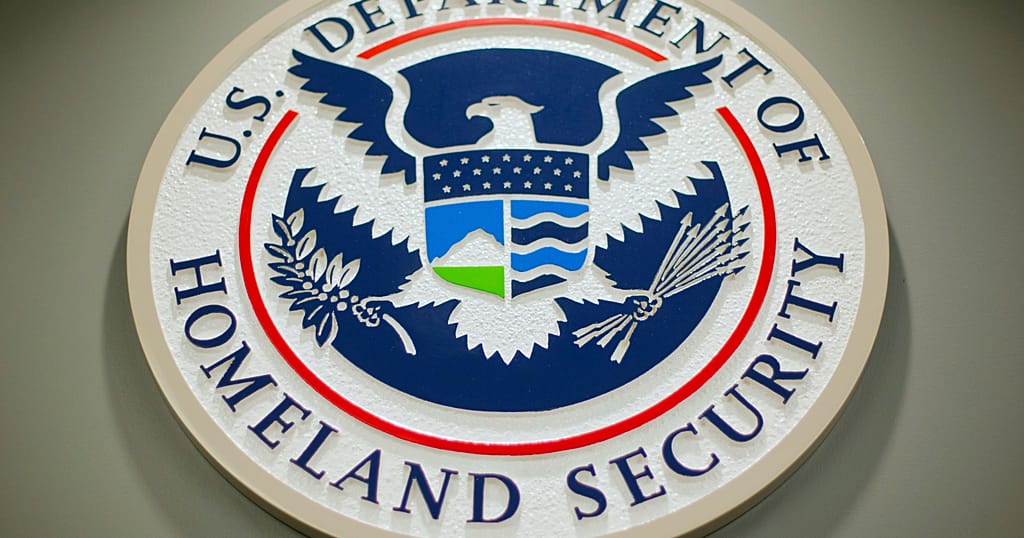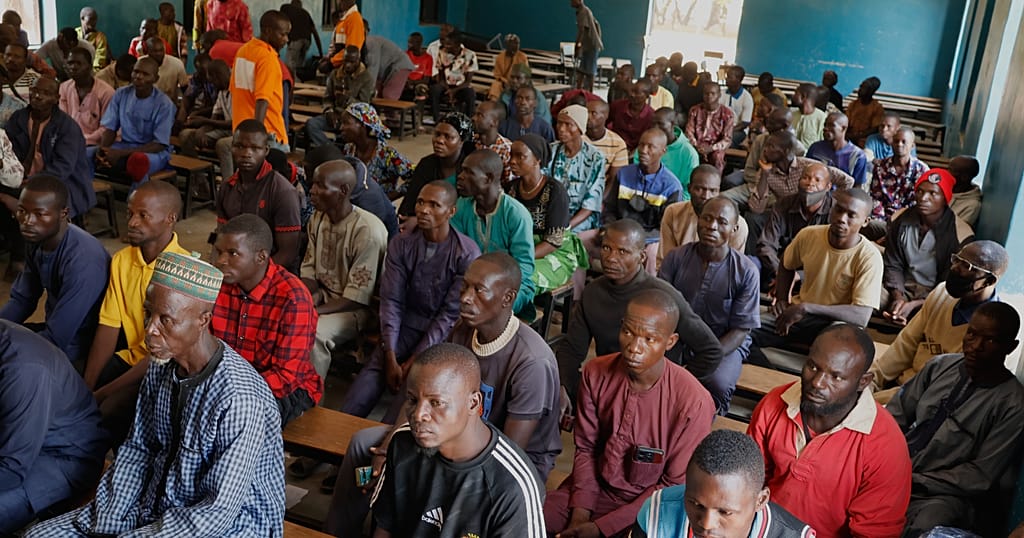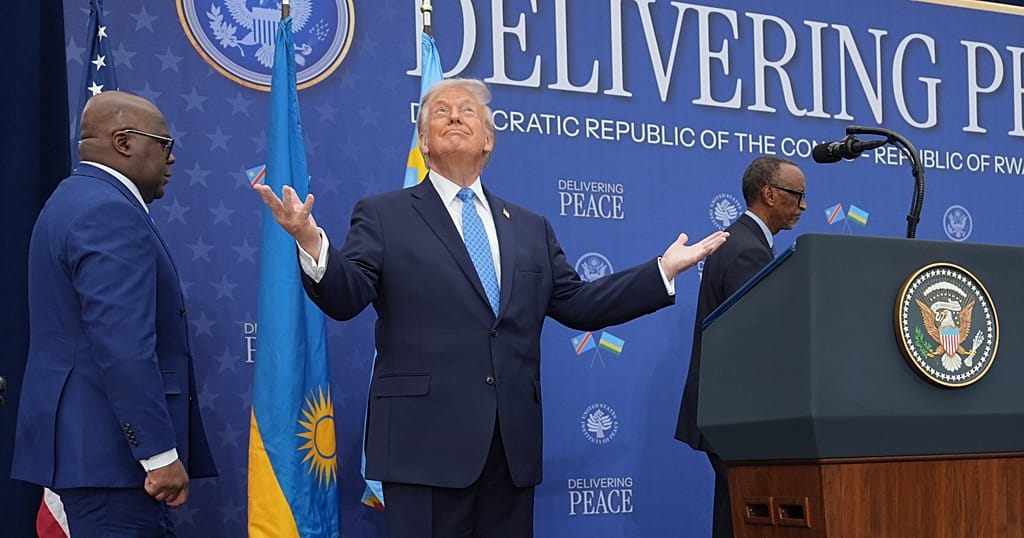A look back on five years of Covid-19

In December 2019 doctors in the central Chinese city of Wuhan begin treating a cluster of patients with pneumonia.
The city in Hebei, a northern province bordering Beijing has a population of over eleven million.
On the 31st December 2019 China alerts the World Health Organisation (WHO) about the patients.
WHO is told the patients have been quarantined and authorities have begun to track the patients’ movements to trace the source of the illnesses.
On the 6th January a Taiwanese citizen falls sick with flu like symptoms, this is two weeks after they have returned from a trip to Wuhan. Taiwanese doctors report the patient is being quarantined.
It’s an indication the source of the illness could have a longer incubation period of around fourteen days.
The cause is unknown, but linked here, to the Huanan Wholesale Seafood Market which also sold animals.
This prompts doctors to suggest the disease is zoonotic, meaning that it can be spread between animals and humans.
In a study in the journal Nature (Monday 3rd February 2020) scientists say the virus could have originated from bats.
The researchers at the Wuhan Institute of Virology examined the genome sequence of the virus taken from five patients at the early stage of the outbreak.
They say the novel coronaviruses is 96 percent identical at the whole-genome level to a bat coronavirus.
On the 7th January a Chinese woman working for a South Korean company falls sick with flu symptoms. She is diagnosed the next day with pneumonia by the Korea Centers of Disease Control and Prevention.
On the 8th China’s state media reports that laboratory experts find novel coronavirus in 15 of the 59 flu-like cases in China, but add that more research must be done before a conclusion is reached.
By the 9th of January China has released the genome of the virus to laboratories around the world.
On the 11th of January a 61-year-old man in Wuhan dies after developing severe pneumonia. It emerges he had been admitted to hospital with suspected fever on December 27th.
Infections within China continue to surge and within a fortnight cases are reported in Thailand, Japan and South Korea, then elsewhere in Asia.
With the Chinese New Year fast approaching, concern grows over the spread of the virus. Within China millions are preparing to travel to families across the country and abroad.
Airports around the world start screening people from Wuhan for high temperatures, or signs of a fever.
On January 21st the Centers for Disease Control and Prevention in the US confirm they’ve had the first American case of the virus. The patient, in the state of Washington, had recently returned from Wuhan.
Nancy Messonnier, M.D., Director, National Center for Immunization and Respiratory Diseases at CDC told Americans: “We’re working to prepare for the expected, the unexpected and the unimaginable.”
Then the final confirmation arrives. Scientists say this is what the virus looks like:
Like SARS, it’s a coronavirus, but this is different and it’s referred to as the new coronavirus.
The virus was later named as severe acute respiratory syndrome coronavirus 2 (SARS-CoV-2).
The disease it causes came to be known as COVID-19.
The next day China puts the whole of Wuhan and other cities in the centrally located Hubei province on lockdown.
It’s quarantine on a massive scale. Unlike any which has gone before.
With the number of cases continuing to rise, both in and out of China, countries from around the world begin evacuating their citizens.
By the end of January twenty three countries report cases of coronavirus on every continent and the World Health Organization declares the Wuhan outbreak is now to be treated as a global health emergency.
Director-General, Dr Tedros Adhanom Ghebreyesus makes the announcement at a packed meeting at the Geneva headquarters of the UN body.
“The decision to declare a PHEIC (Procedures concerning public health emergencies of international concern) was taken primarily because of the signs of human-to-human transmission outside China,” Ghebreyesus explains.
Doctors are concerned that if the virus enters less developed nations it could spread before it is detected.
Around the world major conferences and trade fairs are cancelled, cruise ships are halted and put into quarantine and businesses forced to close take a financial beating.
Borders are closed and tourists are repatriated.
By March there is concern about a worldwide shortage of protective clothing or PPE as the demand for equipment for doctors, health workers and now the general public rises.
Amid growing concern about the spread of the virus, international sports are postponed.
At the WHO Ghebreyesus says the world is dealing with a pandemic.
“We’re deeply concerned both by the alarming levels of spread and severity, and by the alarming levels of inaction. We have therefore made the assessment that COVID-19 can be characterized as a pandemic,” he says.
During the first European wave, Italy and Spain were hit badly, with hospitals and morgues struggling to cope with the surge of severely ill patients, many of whom did not survive.
Countries around the world enter lockdowns and implement measures to contain the virus.
Shopping streets and tourist hotspots fall silent.
As the year progresses the search is on for treatments like therapeutic plasma, old drugs like BCG are repurposed in trials, some drugs like dexamethasone and corticosteriods are found to be useful for some hospitalised patients.
Meanwhile the search for effective vaccines continues.
As lockdowns force a reduction in COVID-19 cases, countries start to tentatively allow businesses to reopen, but it’s a changed world.
Social distancing, and mask wearing in shops and on transport becomes mandatory as scientists learn more about how the virus is spread in droplets and aerosols expectorated (breathed out) from infected people.
As schools return in the autumn and people start life in what becomes known as “the new normal” countries around the world start experiencing a second peak in COVID-19 cases.
Approaching the winter holiday season lockdowns return and strict new rules but the race to find vaccines against COVID-19 finally pays dividends.
Hundreds are being researched.
China developed its own vaccines and Russia followed with Sputnik V.
In December 2020 a new mRNA jab from Pfizer BioNTech, which doesn’t use live or weakened viruses, is approved in the UK and within a week it is licensed and deployed.
90-year-old Margaret Keenan was the first recipient.
Next to be licensed is a drug from Moderna, this also belongs to the new mRNA category of vaccines which use a section of genetic material from the virus to prompt our bodies to fight it. This can also be stored at normal medical refrigerator temperatures.
Oxford University and the AstraZeneca are next to declare their more traditional vaccine is effective against COVID-19 and it has the added benefit of not having to be stored at freezing temperatures like the Pfizer BioNTech vaccine.
AstraZeneca’s COVID-19 vaccine was first given the nod by the European Medicines Agency in January 2021.
Within weeks, however, concerns grew about the vaccine’s safety, when dozens of countries suspended the vaccine’s use after unusual but rare blood clots were detected in a small number of immunized people.
Studies later suggested that the pricier messenger RNA vaccines made by Pfizer-BioNTech and Moderna provided better protection against COVID-19 and its many variants, and most countries switched to those shots.
In 2023 two scientists whose discoveries lead to the new mRNA vaccines were awarded the Nobel Prize in medicine.
The development of vaccines helped curbed the spread of the coronavirus, and as the virus mutated into different strains the vaccines have been tweaked.
Mathematical modellers from Imperial College London estimated vaccines have prevented the deaths of up to twenty million people worldwide.
Their calculations are based on the first twelve months of the vaccine rollout from December 2020 to December 2021.
It relied on data from 185 countries, but not China.
In September 2022 a study commissioned by the World Health Organization estimates 17 million people in Europe were living with symptoms of long COVID between 2020 and 2021.
Symptoms of long COVID include include fatigue, body pain, mood swings, cognitive problems and shortness of breath after initial recovery from COVID infection.
Five years on, the virus has become endemic on every continent.
Lockdowns and social distancing are but a memory.
While COVID-19 isn’t hitting the headlines in the same way it once did, it’s important to remember that it’s still circulating.
Health officials warn that even though COVID-19 has become an established respiratory virus like seasonal flu, the virus will continue to be fatal for some.
Source: Africanews



